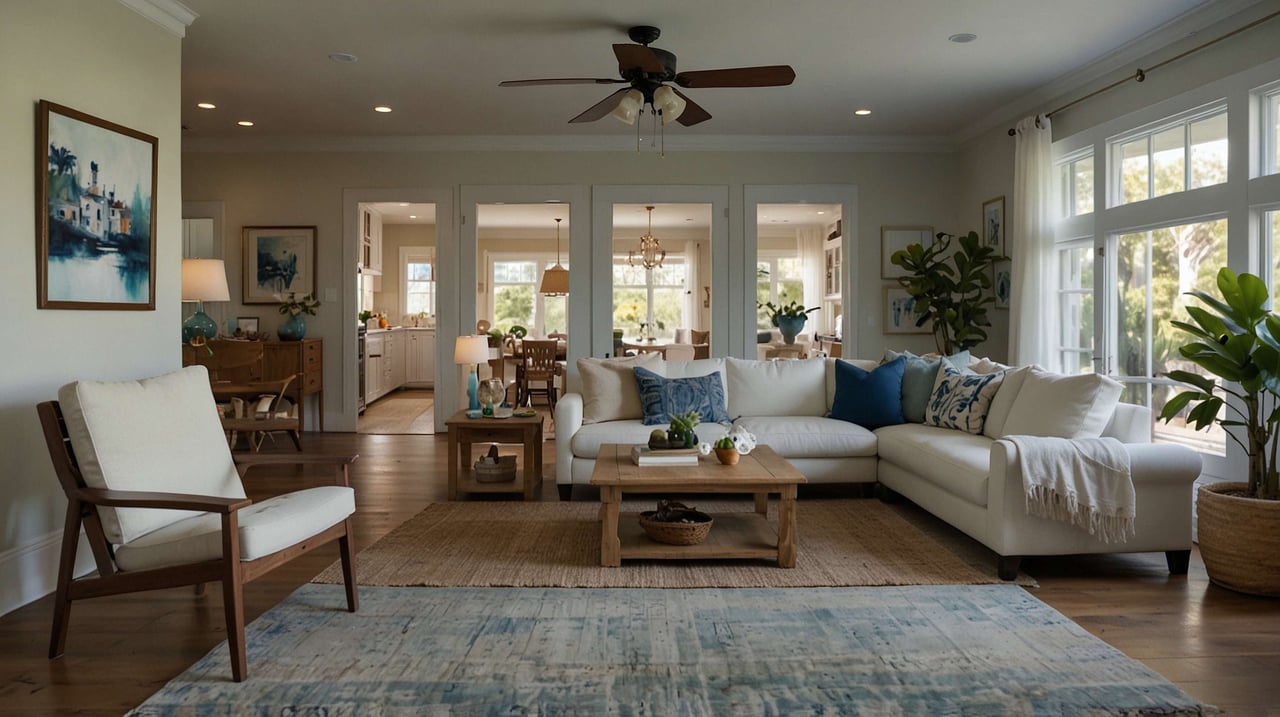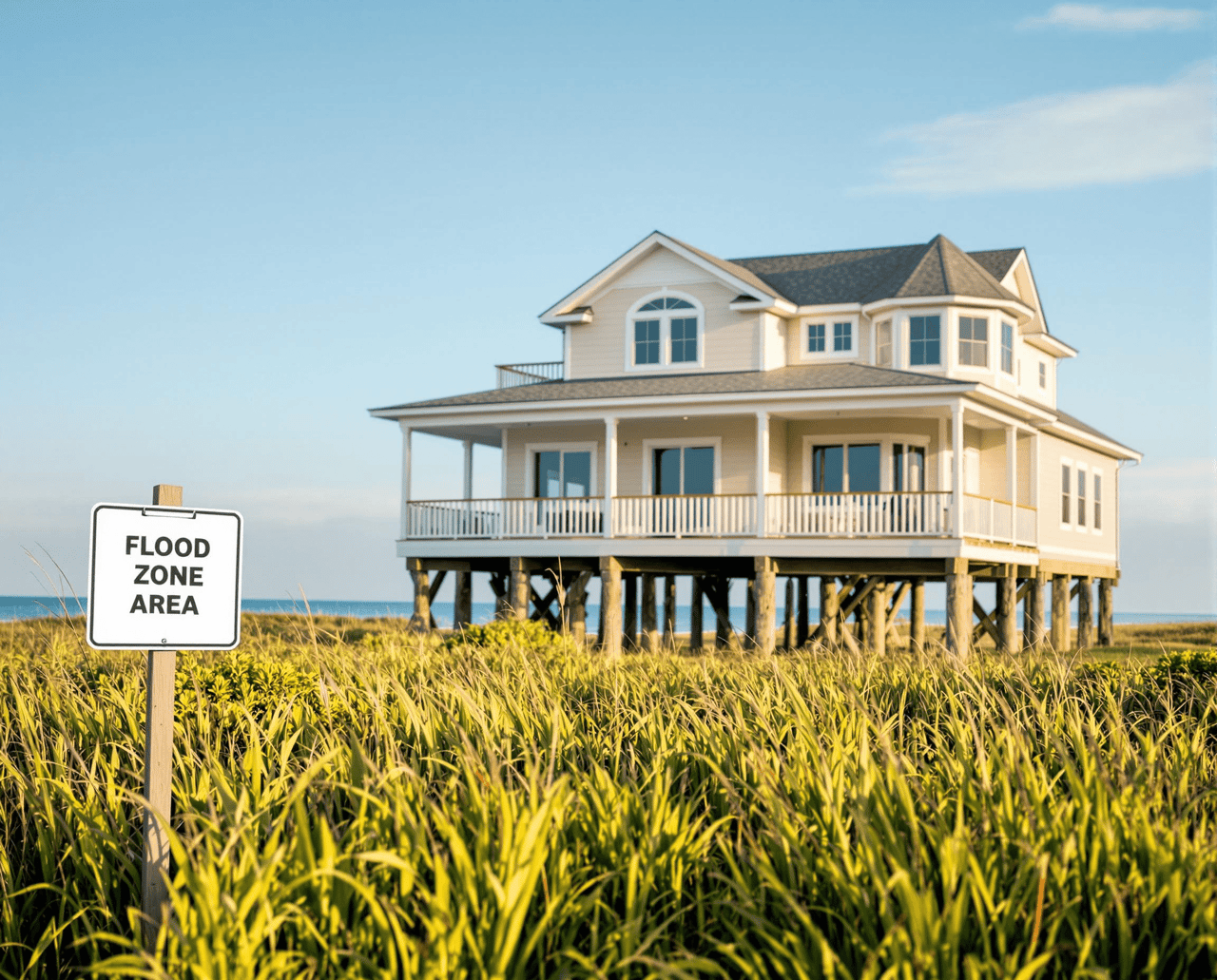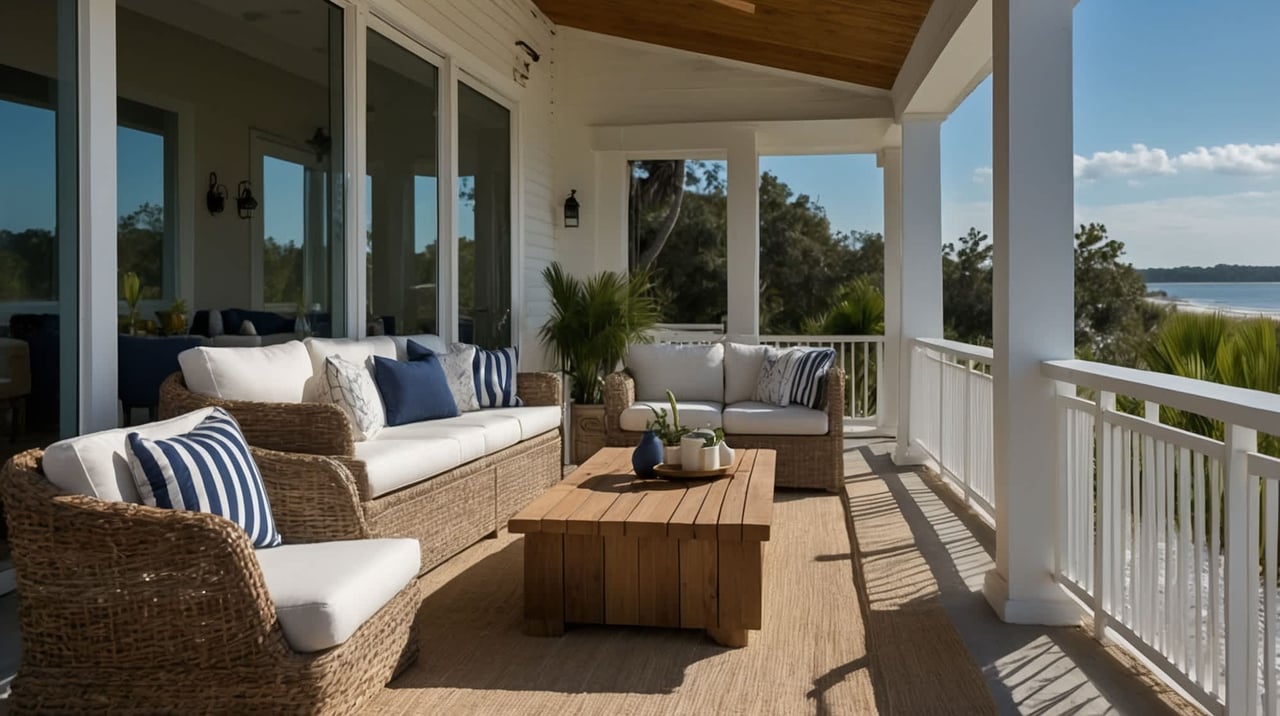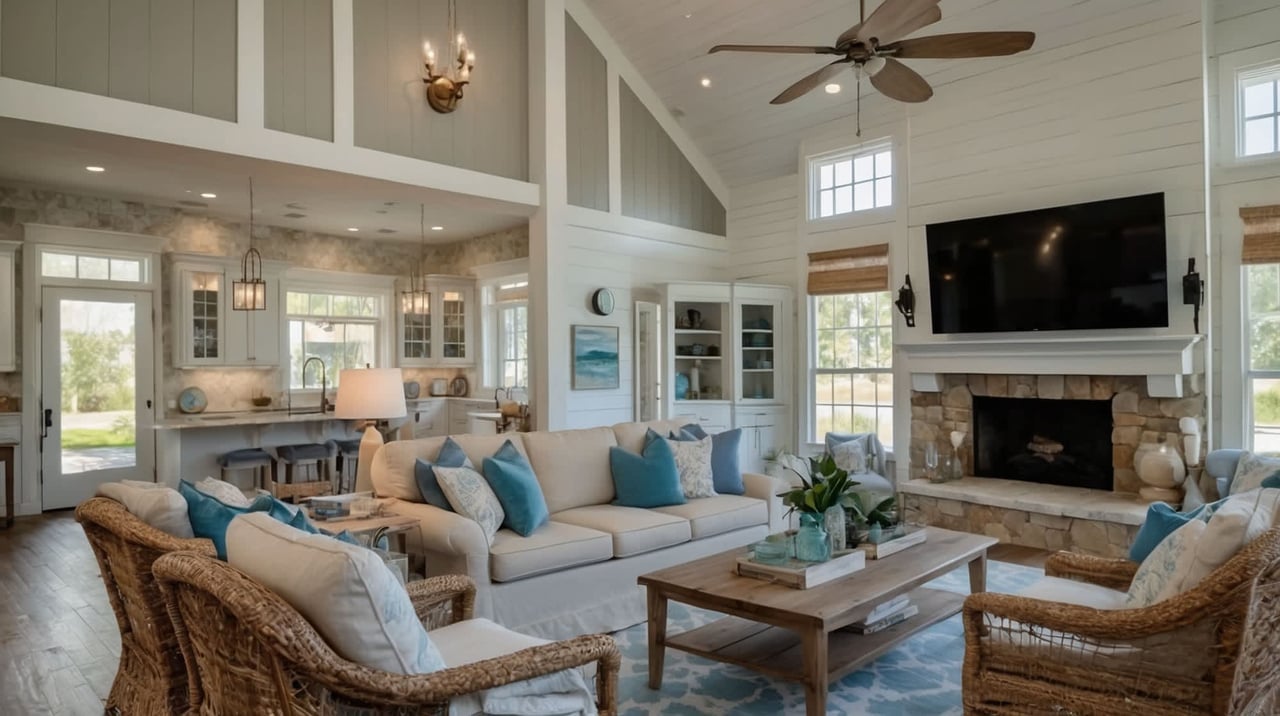Easier Mobility: The Benefits of Downsizing to a More Accessible Home
Andrew Pierce | July 26, 2024
Downsizing

Andrew Pierce | July 26, 2024
Downsizing


Downsizing Andrew Pierce July 26, 2024
One of the most significant benefits of a smaller home is its simplified layout. Fewer rooms and less square footage mean fewer obstacles and a more straightforward design. This can be especially beneficial if you experience mobility challenges, as it reduces the need to move through multiple rooms or navigate complex floor plans.
Open Floor Plans: Many smaller homes are designed with open floor plans that eliminate the need for doorways and narrow hallways. This design not only creates a sense of spaciousness but also makes it easier to move around, whether you’re using a walker, cane, or wheelchair.
Single-Level Living: Single-story homes or homes with a main level that includes all essential living spaces (bedroom, bathroom, kitchen, etc.) can eliminate the need to navigate stairs. This is a crucial consideration for those who may face mobility issues in the future.
Smaller homes can be designed with specific features that enhance accessibility, making daily activities more manageable and safer.
Wider Doorways and Hallways: Wider doorways and hallways accommodate mobility aids and make it easier to move through the space without obstruction. This simple change can make a significant difference in everyday convenience.
Accessible Bathrooms: Bathrooms in smaller homes can be designed with accessibility in mind, including features like grab bars, walk-in showers with no thresholds, and adjustable showerheads. These modifications help reduce the risk of falls and make personal care tasks easier.
Low-Step or No-Step Entrances: A smaller home often allows for easier installation of low-step or no-step entrances. This feature is particularly beneficial for individuals with mobility challenges, ensuring safe and easy access to the home.
Maintaining a smaller home generally involves less upkeep, which can contribute to easier mobility. Fewer rooms and less space mean less cleaning and maintenance, reducing physical strain and the risk of accidents related to household chores.
Minimal Clutter: Downsizing often involves simplifying your belongings. A decluttered home not only makes it easier to navigate but also reduces the risk of tripping over objects or struggling to reach items.
Easier Cleaning: With less space to clean, you can more easily manage routine tasks without physical strain. This also means fewer opportunities for accidents like slips and falls, contributing to a safer living environment.
Smaller homes can be equipped with modern safety features and smart technology to further enhance accessibility and ease of mobility.
Smart Home Devices: Smart home technology, such as voice-controlled lights, automated doors, and smart thermostats, can simplify daily tasks and reduce physical exertion. These devices can be particularly helpful for individuals with mobility issues.
Safety Enhancements: Installing safety features such as motion-sensor lighting, non-slip flooring, and ergonomic handles can improve accessibility and reduce the risk of accidents. These enhancements make the home more user-friendly and safer to navigate.
Choosing a smaller home often means opting for a community that supports an active and engaged lifestyle. Many smaller homes are located in neighborhoods or communities designed for easy living, with amenities and services that cater to various needs.
Accessible Amenities: Communities with amenities like fitness centers, social clubs, and medical facilities offer convenience and support, making it easier to maintain an active and fulfilling lifestyle.
Proximity to Services: Smaller homes in well-planned communities are often close to essential services such as grocery stores, healthcare facilities, and public transportation, reducing the need for long trips and enhancing overall convenience.
Stay up to date on the latest real estate trends.

Flood Insurance

Fall House Hunting
Embrace the Cozy Season and Discover Your Dream Home Amidst Autumn's Vibrant Palette

Halloween
Fun and Creative Ways to Keep Your Little Ones Safe While Enjoying the Halloween SpiritHalloween safety for kids

Fall in SENC
Discover the Unique Advantages of Selling Your Home During Fall in Southeastern North Carolina

ICWW Living
Experience Serenity and Adventure: The Ultimate Coastal Lifestyle

Downsizing
The Benefits of Downsizing for a Clutter-Free and Organized Living Environment

Downsizing
How Downsizing to a Smaller Home Can Enhance Comfort and Accessibility as Mobility Needs Change

Lower Maintenance
Discover How a Smaller Space Can Save You Time, Money, and Effort

55+ Home Sellers
A Comprehensive Guide
Get assistance in determining current property value, crafting a competitive offer, writing and negotiating a contract, and much more. Contact me today.